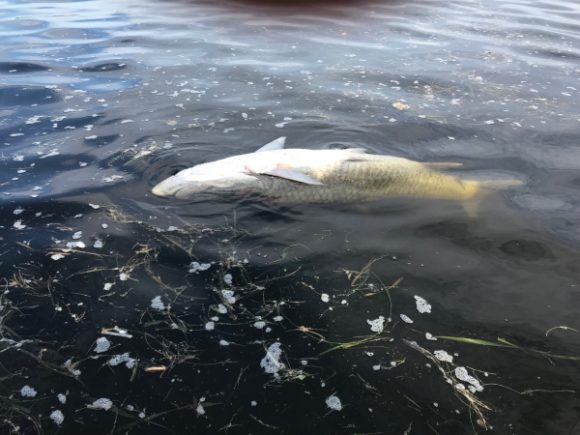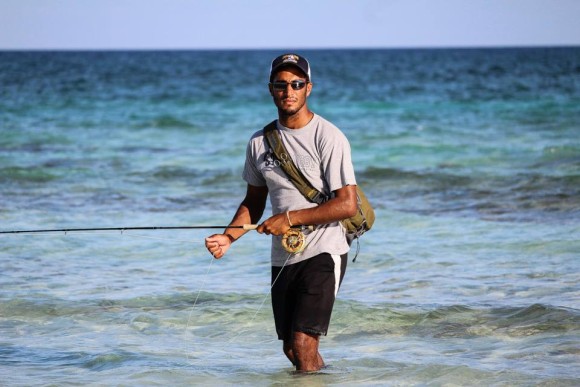I’ve been thinking about Belize lately. I was talking to my 6 year old about Belize, thinking about how much he would dig on experiencing the place, getting him to tell his mom that’s a place he wants to go (smart). I was talking to a friend who wants to catch a bonefish about why Belize is a good option for a first timer.
Then, I see this come through my inbox. Yellow Dog Community and Conservation Foundation has been keeping on keeping on in the fight to preserve the fishing and fly fishing economy of Belize. Good stuff. Below is their press release.

Permanent Ban on Gillnets in Belize
One Step Closer
August 21st, 2020
On August 20th, 2020, an agreement between the Government of Belize and the Coalition for Sustainable Fisheries was signed by Dr. Hon. Omar Figueora, Minister of Fisheries, Forestry, the Environment, and Sustainable Development. This long-awaited agreement is a major step in the process of completely phasing out the use of gillnets in Belize, protecting important game species such as permit, tarpon, and bonefish along with other critical marine species such as sharks, turtles, and manatees. The Yellow Dog Community and Conservation Foundation (YDCCF) is proud to have been a part of this initiative from the beginning, as well as serving as a coalition partner. In addition, we would like to express gratitude and thank all of our donors who helped to make this possible.
With this agreement in place, we will begin the second phase addressing ‘alternative livelihoods’ for the gillnet fishermen in Belize. This next phase of the project will be overseen by a committee appointed by the Minister of Fisheries with support and guidance by the Government of Belize, the Coalition for Sustainable Fisheries and support from Oceana, in order to have a long-lasting and sustainable option that keep gillnets from being used in the future.
The work to permanently ban gillnets in Belize is a great example of the angling community coming together to help local communities in the places we fish while also building support for and maintaining sustainable sport fishing resources.
YDCCF strives to identify local community needs and provide support to solve their concerns and to this end, we are pleased to be a part of the Coalition for Sustainable Fisheries. The Coalition for Sustainable Fisheries includes the Belize Tourism Industry Association, the Belize Game Fish Association, the National Sports Fishing Association, the Belize Federation of Fishers, Turneffe Atoll Trust, MAR Alliance, Yellow Dog Community, and Conservation Foundation.
If you would like more information about the project and how you can support the gillnet ban and alternative livelihoods project in Belize, or to order a Belize Gillnet Ban Sticker, please contact info@ydccf.org













